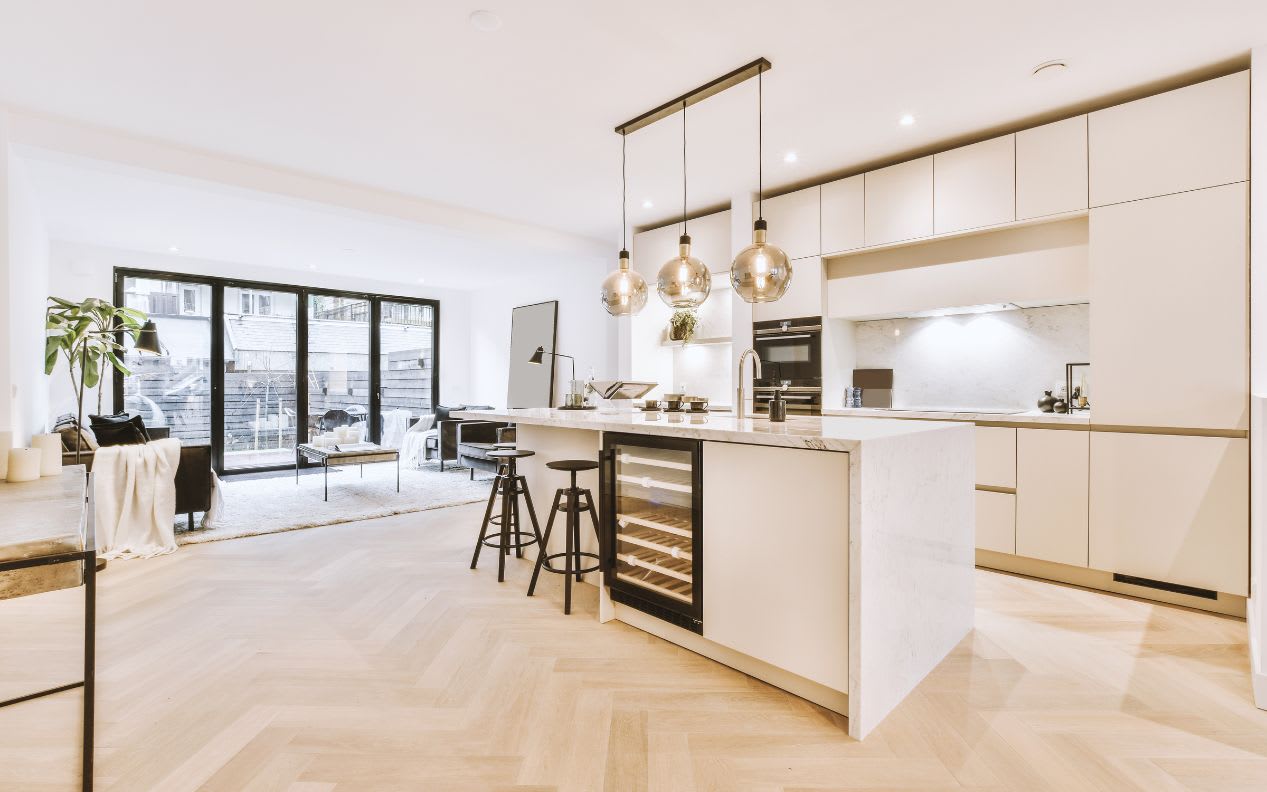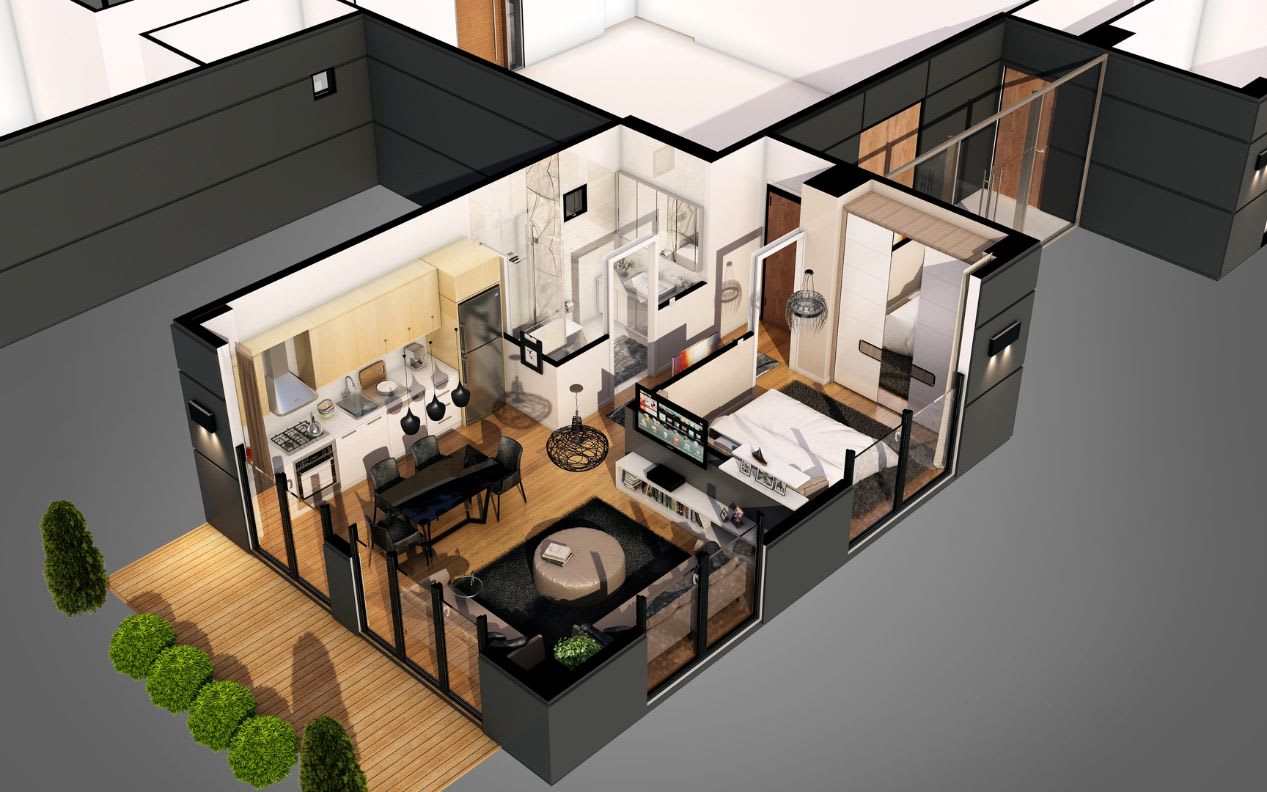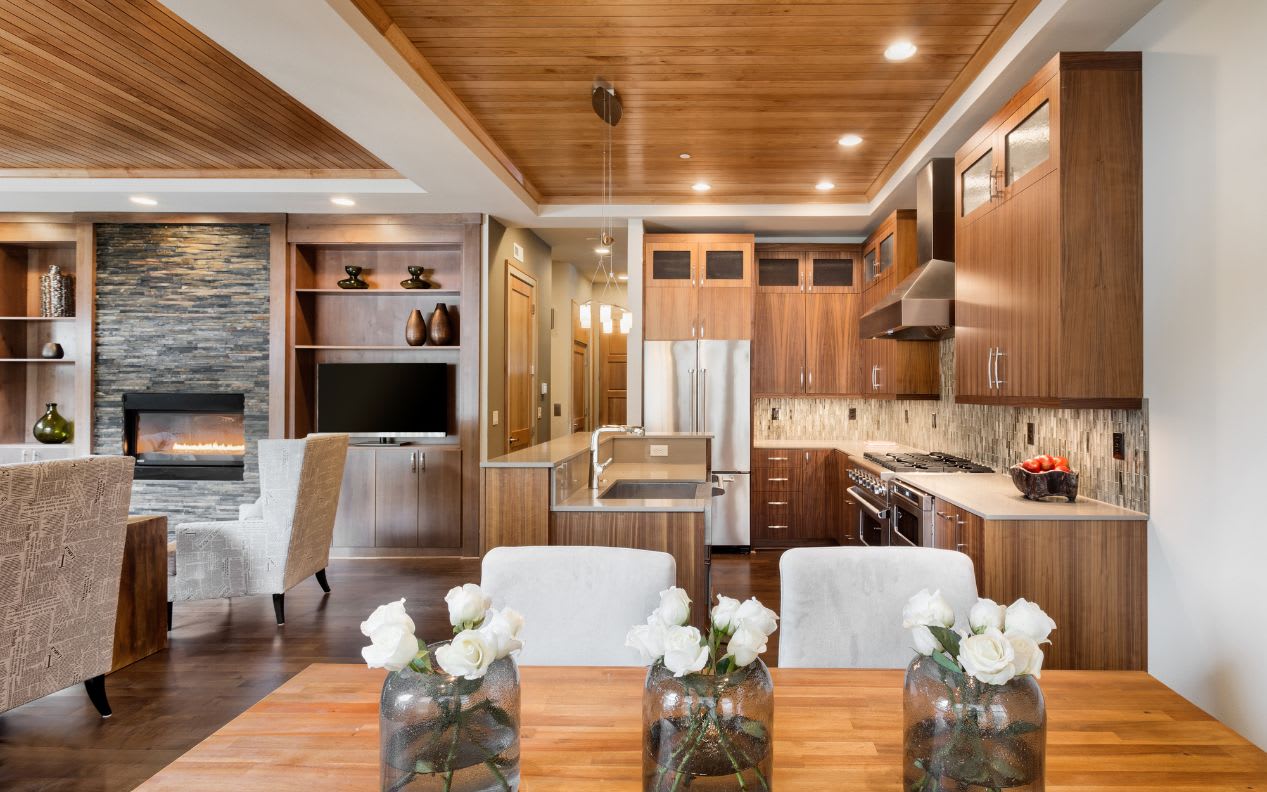In the ever-evolving landscape of interior design, open floor plans have emerged as a prominent trend, captivating homeowners and architects alike. These expansive, barrier-free spaces promise a myriad of benefits, yet they also come with their own set of challenges. In this article, we delve into the pros and cons of open floor plans, offering a comprehensive guide to help you make an informed decision.
The Benefits of Open Floor Plans
Enhanced Connectivity
One of the most lauded advantages of an open floor plan is the seamless connectivity it fosters. By eliminating walls and partitions, these layouts create a unified space that encourages interaction and togetherness. Whether it’s a family gathering or a casual dinner with friends, the fluidity of an open floor plan ensures that everyone remains connected, fostering a sense of unity.
Increased Natural Light
Open floor plans often boast an abundance of natural light, thanks to the unobstructed flow of sunlight from one end of the space to the other. This not only enhances the aesthetic appeal but also contributes to a healthier living environment. Natural light has been shown to improve mood, boost productivity, and even regulate sleep patterns, making it a valuable asset in any home.
Versatility in Design
The expansive nature of open floor plans offers unparalleled versatility in design. From choosing the perfect open floor plan color schemes to deciding how to paint an open floor plan, the possibilities are virtually endless. Homeowners have the freedom to experiment with various styles, textures, and palettes, creating a personalized space that reflects their unique taste and lifestyle.
The Drawbacks of Open Floor Plans
Lack of Privacy
While the openness of these layouts promotes connectivity, it can also lead to a lack of privacy. In an open floor plan, noise travels more freely, and finding a quiet corner for work or relaxation can be challenging. This is particularly pertinent for tech executives who may require a dedicated space for video conferences or focused work sessions.
Heating and Cooling Challenges
Maintaining a consistent temperature in an open floor plan can be more demanding compared to traditional layouts. The absence of walls means that heating and cooling systems must work harder to regulate the temperature across the entire space. This can lead to increased energy consumption and higher utility bills, a factor worth considering for eco-conscious homeowners.
Design Cohesion
Achieving a cohesive design in an open floor plan requires careful planning and execution. Without distinct rooms to guide the decor, homeowners must ensure that the chosen elements harmonize across the entire space. This involves thoughtful consideration of furniture placement, color schemes, and decorative accents to create a balanced and aesthetically pleasing environment.
Conclusion
Open floor plans offer a unique blend of advantages and challenges, making them a compelling yet comple1x choice for modern homeowners. The key lies in understanding your specific needs and lifestyle preferences. For those who value connectivity, natural light, and design flexibility, an open floor plan can be a dream come true. However, it’s essential to weigh these benefits against the potential drawbacks, such as privacy concerns and heating challenges, to make an informed decision.
As you navigate the journey of creating your ideal living space, remember that the essence of a home lies not just in its design, but in the memories and moments shared within its walls. Embrace the possibilities, and find joy in crafting a space that truly feels like home.





